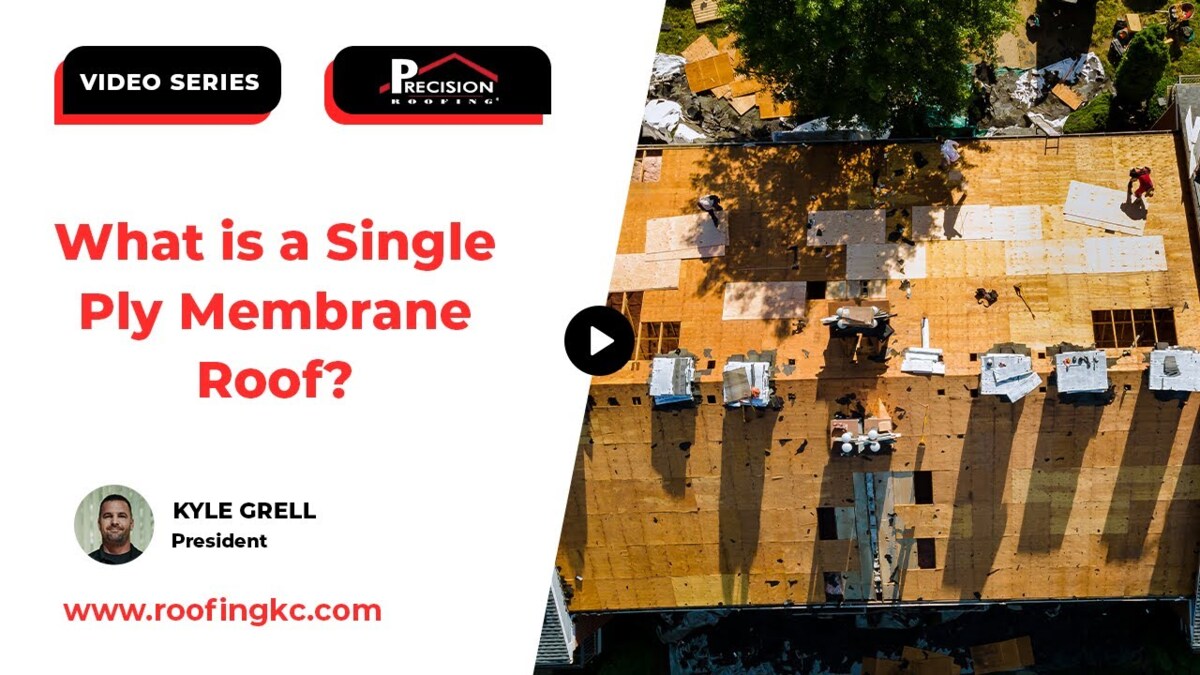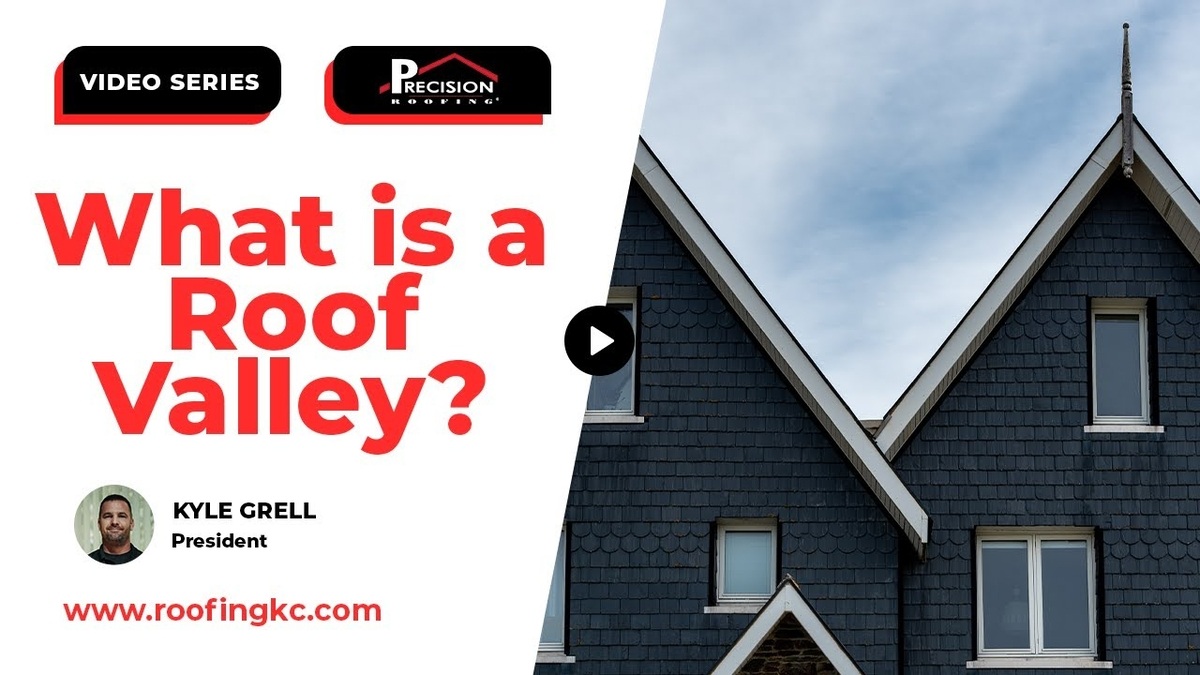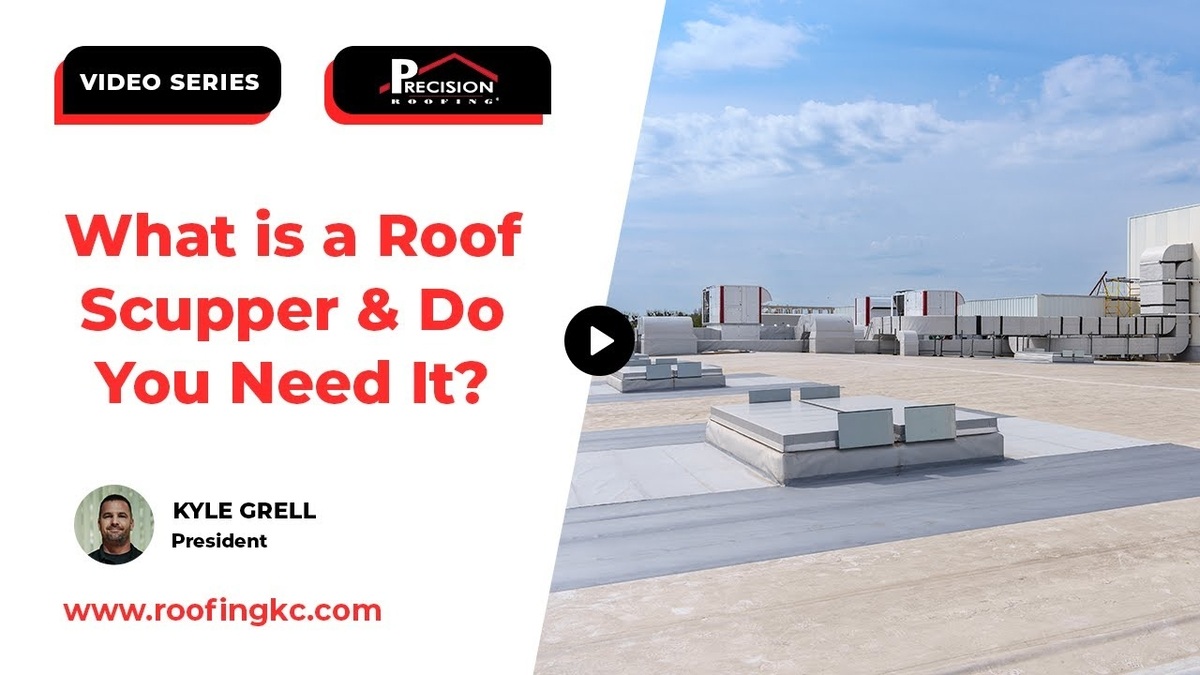Some roof problems look similar on the surface, but the cause can make a big difference. One of the most common questions we get is whether the damage is from a recent storm or simply due to the roof’s age. This distinction matters because it can affect your insurance coverage and whether repairs or a full replacement are needed.
At Precision Roofing, we help homeowners understand the difference between storm damage and normal wear and tear. In this blog, we’ll walk through the key signs to look for, how insurance companies evaluate the damage, and why a professional roof inspection is the best next step.
What Counts as Storm Damage?
Storm damage is typically sudden and caused by specific weather events like wind, hail, or severe storms. Some of the most common signs include:
- Lifted Shingles: Strong winds can pull shingles up from the roof.
- Hail Hits: You’ll often see round spots or pitting, especially on older shingles.
- Torn or Missing Shingles: Impact from wind-blown debris can cause visible tears and shingle loss.
These signs are usually clear and can be tied back to a specific storm event, which is important when filing an insurance claim.
What is Considered Wear and Tear?
Wear and tear happens gradually over time. It’s the result of your roof aging and being exposed to the sun, rain, snow, and temperature swings for 20–30+ years. Here’s what you’ll typically see:
- Granule loss
- Faded color from sun exposure
- Curling or brittle shingles
- General aging and deterioration
These are signs that your roof is simply reaching the end of its useful life, not that it’s been damaged by a single event.
Why the Difference Matters for Insurance
How Insurance Companies View the Damage
Insurance providers look at both storm damage and wear and tear, but they treat them differently. Your insurance company likely will not cover system failures due to typical wear and tear. If they determine the damage was caused by a recent storm, however, you may be eligible for a new roof, though this depends on what type of insurance policy you have.
Let’s say your roof is 20 years old and you’ve got hail damage. If you’ve got an Actual Cash Value (ACV) policy, your insurance company may agree to cover the replacement, but they’ll subtract 15–20 years of wear from the payout because the roof is not new. That’s why it’s critical to know what damage is present, how old your roof is, and what type of policy you have.
The Power of a Proper Roof Inspection
How We Determine the True Cause
A full roof inspection is the key to knowing what’s really going on. At Precision Roofing, we don’t just eyeball it—we conduct a detailed assessment of your entire roof system. Here’s what we do:
- On-Site Roof Evaluation: We look for hail marks, lifted shingles, and any visual signs of aging.
- Storm History Reports: We pull data on recent hail or wind events in your area.
- Age Check: We determine the estimated age of your roofing materials to weigh against the damage.
- Documentation for Insurance: We prepare full inspection reports with photos and professional notes.
This process not only helps us identify the issue, but it also ensures your insurance company gets the facts they need to properly assess your claim.
When to Call the Experts
Don’t Wait Too Long
If you’ve experienced a recent storm or your roof is 20+ years old, it’s time to have it looked at. Waiting too long could lead to more damage and even result in a denied insurance claim if the issue worsens without being addressed.
In Summary
Knowing the difference between storm damage vs. wear and tear can make all the difference when it comes to protecting your home and getting the most from your insurance. Storm-related issues often qualify for coverage, while signs of aging may not—making it critical to understand what your roof is really up against. At Precision Roofing, we specialize in detailed inspections that clearly identify storm damage vs. wear and tear, helping you take the right steps before small issues turn into major expenses.
If you’re seeing signs of roof trouble, contact us today for a thorough inspection and expert guidance.



